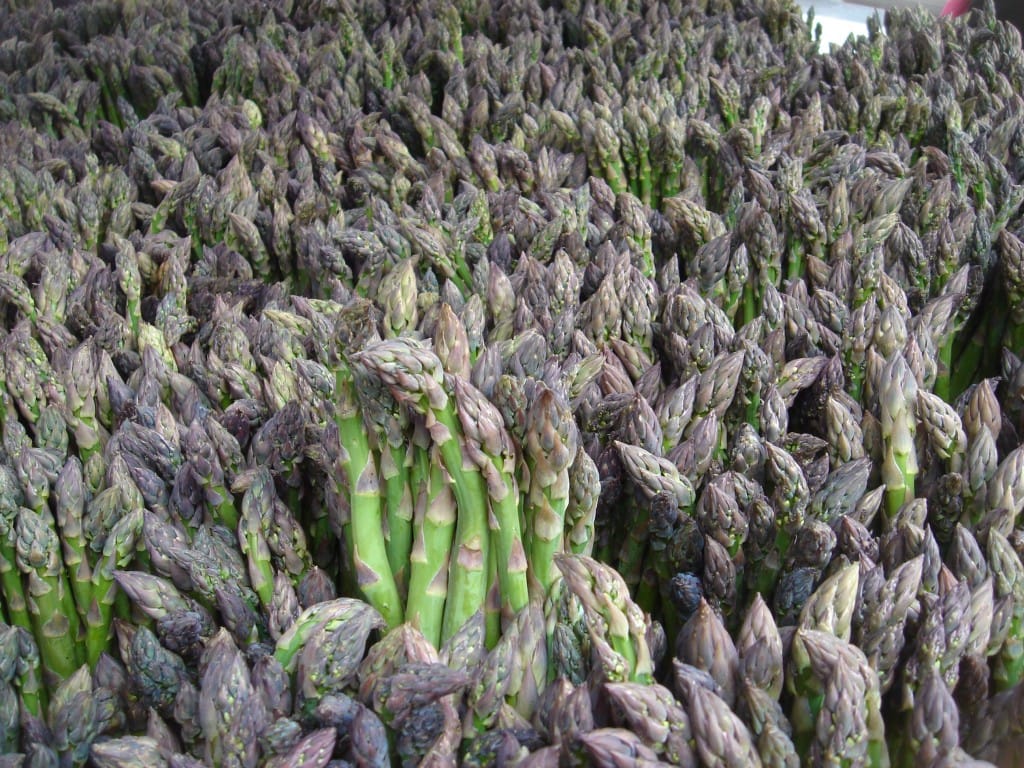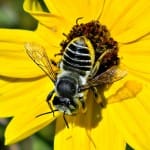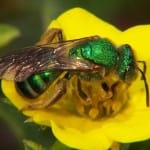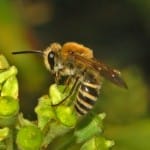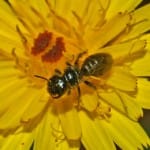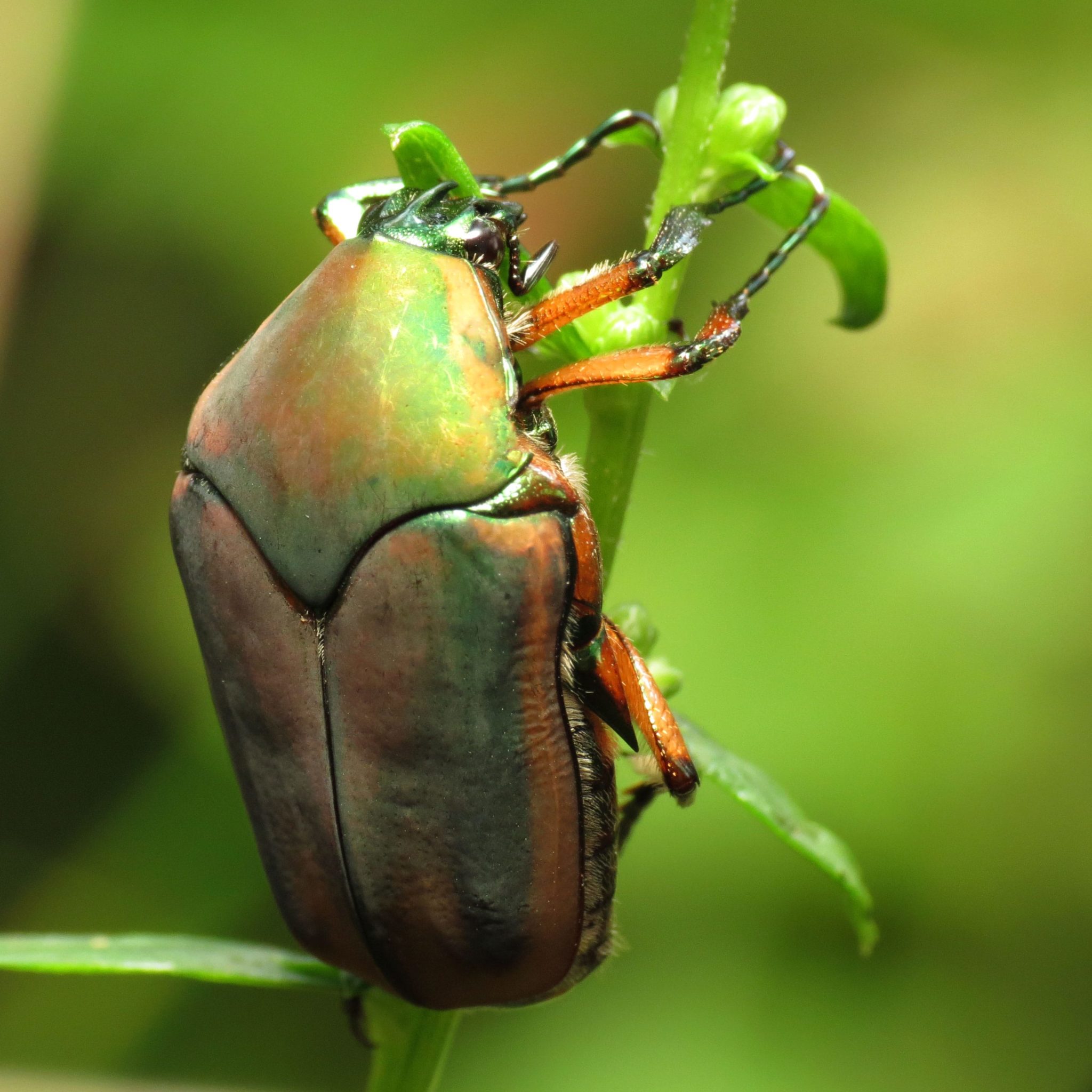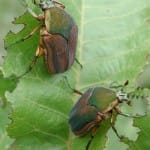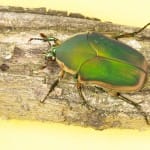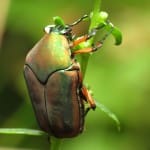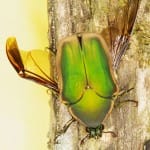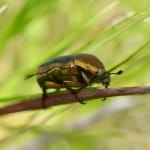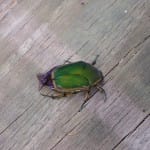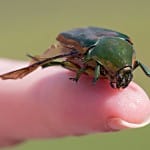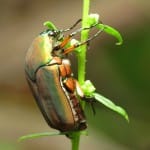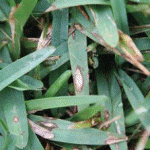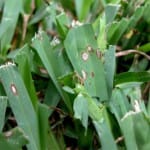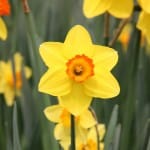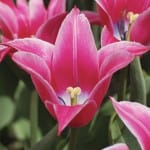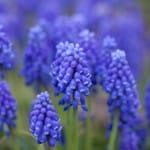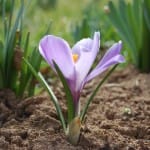Source(s): Dave Linvill
The coastal counties have great weather, but growing fruit can be challenging. Below is a list of some fruits that are often tried in the region and a recommendation. The sole criteria for the recommendation (except where noted) is successful fruit production. Some of the fruiting plants listed require substantial pesticide use to achieve quality fruit and are so noted. Though varieties are suggested, this is not an exhaustive list and many other varieties not listed my produce fruit. Take the time to research specific varieties before you make your purchase. Regardless of the variety, all fruit plants need full sun and are best located near a water source.
APRICOTS – Do Not Recommend
Too hot and too many insect & disease problems.
APPLES – Marginal
Not many apple varieties will grow in Coastal Georgia due to chill hour requirements and successful fruit production requires substantial pesticide use. It may be advisable to plant other fruits in your yard and buy your apples. Most apple varieties are self sterile and need another variety of apple for pollination to take place. There is a severe shortage of honeybees in the Savannah area so cross pollination could be a real problem. These varieties are will produce fruit: Anna and Dorsett Golden
More information
AVOCADOES – Do Not Recommend
Avocadoes must be grown in frost free areas and will not grow well if at all in Coastal Georgia.
BANANAS – Marginal for fruit, Recommended for foliage.
Bananas look great but will not produce fruit every year. It takes and average of 14 months to produce a bunch. If adequately protected from winter cold, bananas will produce fruit the second year. Bananas are generally insect and disease free and do not need to be sprayed. Bananas benefit from heavy fertilization. Recommended varieties: Dwarf nawa (sometimes spelled nawah) and Kandrian.
More information
BLACKBERRIES – Recommended
Blackberries are easy to grow and produce large and prolific fuit. They spread vigorously and can be kept in their allotted space by mowing. Blackberries are semi-erect and need to be pruned to about waist height or they will flop over. A couple of fungicide and insecticide spray are helpful. The life span of a blackberry patch is only about seven years due to viral . Blackberries are easy to grow and the fruit are large and prolific. Some varieties need to grow on trellises.
- Kiowa – very thorny but has the best taste in my opinion
- Natchez – no thorns
More information
BLUEBERRIES – Recommended
The beautiful rabbiteye blueberry is native to Georgia and is generally the best type of blueberries for home gardeners. Southern highbush blueberries require high organic matter soil (at least 3 percent) and are very prone to attack by deer and birds because they ripen early in the season. Rabbiteye blueberry plants seldom require spraying for insects or diseases. Blueberries grow in an acid soil so a soil test is highly recommended. The most important thing to remember about starting rabbiteye blueberries is to plant more than one variety for cross-pollination. Cross-pollination is necessary for fruit set. Make sure the 2 or more varieties you select bloom about the same time. Varieties: Vernon and Brightwell ( early bloomers), Powderblue (midseason). I think you need to suggest more David.
More information
CHERRIES – Do Not Recommend
Although fruit tree catalogs indicate that Bing (and other similar types) Cherries will grow in Coastal Georgia, fruit production is elusive at best and the trees do not thrive. Rigid pest control is an absolute necessity for even marginal success. Barbados cherries will not survive our cold winters.
FIGS – Recommended
Order fig plants only from reputable nurseries in the Southeast and never purchase or attempt to grow the kinds of figs grown in California. They require pollination by a tiny wasp that cannot survive under Georgia’s climatic conditions. The only types recommended in Georgia are the common ones that produce only female flowers and set fruit without cross-pollination. Root-knot nematodes are the leading killer of fig trees in South Georgia. Recommended varieties:
- Alma,
- Celeste,
- Brown Turkey.
More information
GRAPEFRUIT – Recommended
Grapefruit do quite well and do not have a lot of insect or disease problems. Varieties:
- Marsh (white) and
- Rio Red
More information
KIWI – Marginal
Kiwifruit require careful attention to water management. Irrigation is a must in growing kiwifruit to keep the vines from dying the first year. They are the most drought sensitive fruit grown in Georgia, but they are also one of the most sensitive to overwatering. Kiwifruit grow best on a soil such as a sandy loam or sandy clay loam with good internal drainage. Raised beds are suggested in areas with marginal soil drainage at any time of the year. Kiwifruit need a strong trellis and require a significant amount of pruning. Male and female vines of commercial kiwifruit must be planted to produce fruit. Usually one male is planted for every eight female vines. Kiwi is also sensitive to nematodes. Varieties: Hayward (don’t forget a male pollinator)
More information
KUMQUATS – Recommended
Kumquats are the most cold hardy of the commonly grown acid citrus fruits and require little if any pesticides. The kumquat may be eaten fresh (peel and all) or used in making jellies, marmalade and candies. Hybrids are also available. Varieties: Nagami, Marumi, Meiwa.
LEMONS – Recommended
Can get scaled and a dormant oil spray in the spring is beneficial. Lemons do not have a lot of insect or disease problems.
- Meyer – is the standard
- Harvey – may have a little more cold tolerance
More information
LIMES – Marginal
Although limes will grow here – most of the time it gets too cold for them so therefore I am not recommending limes. Lime hybrids are a possibility and have same qualities as tangerines.
- Eustis – is similar to a lime but is actually a limequat
More information
LOQUAT – Recommended
I have a loquat tree along my fence line. It is in partial to deep shade and provides me with lots of fruit even though I don’t fertilize or water it. Loquats have few pest problems. Occasional fire blight can usually be controlled by the prompt removal and burning of diseased parts.
- Advance
- Bartow
- Fletcher Red
- Hardee
More information
MELONS – Recommended (pay attention to variety)
The typical watermelon (Charleston Grey) will not do well in Coastal Georgia, other varieties do. Semi-rigid pest control is necessary for high-quality fruit.
Watermelon
- AU-Producer (Crimson Sweet type),
- Carolina Cross (Jubilee type, used for giant watermelon production),
- Allsweet (oblong dark green striped melon with dark red flesh, excellent quality), and
- Minilee & Mickylee (icebox types, striped and grey (light green)), and
- Sugar Baby (not recommended – disease prone)
Cantaloupe
Specialty melons
- charentais,
- crenshaw,
- casaba,
- Christmas melon,
- honeydew,(these generally don’t have the best disease resistance, but the colors and shapes are quite different)
MUSCADINES – Recommended
Muscadines are ideal for backyard gardens because you can successfully grow them with a minimum spray program. The best wine I ever had was made from muscadines but they are also eaten fresh and used for preserves. A strong trellis is needed. Like blueberries, muscadines are disease and insect resistant.
- Cowart
- Dulcet
- Scuppernong
More information
ORANGES/TANGERINES – Marginal
We get a little too cold for most oranges. It is very possible to loose your oranges and possibly your tree if temperatures get low enough. Scale can be a problem. Some citrus need to be cross pollinated from another variety of citrus for pollination to take place.
- Tangerines – Dancy, Ponkan (best choice for cold weather)
- Tangerine hybrids – Orlando (tangelo)
- Satsumas – Owari, Silverhill (best orange choice)
- Navel – Washington, Dream (questionable due to cold temperatures)
- Sweet Orange – Ambersweet (questionable due to cold temperatures)
More information
PEACHES – Recommended
Dormant trees must receive a given number of hours at temperatures below 60°F in order to break dormancy properly, flower, set and develop fruit. The current method of assessing chill unit accumulation is to count the number of hours of temperatures below 45°F that are received between October 1 and February 15. Savannah had 820 hours in 2008-2009 year, 670 hours in the 2007-2008 year and only 694 hours in 2006-2007 year. Rigid pest control is necessary for high-quality fruit. A spray program should begin with dormant sprays and be carried through the growing season. Trees are susceptible to tree bores and need to be protected most of the year with pesticides. I believe yellow versus white flesh peaches and clingstone versus freestone peaches are just a matter of personal choice.
- Early May – Gulfcrest, Sunsplash, Florida Crest,
- Mid May – Flordaking, Gulfking
- Late May – Gulf Prince, Sunfire,
- Early June – White Robin
PEARS – Recommended
Certain varieties are self-fruitful; that is, they can pollinate themselves. If you want only one pear tree, select a self-pollinating variety. Other pear varieties require cross-pollination. If you plant varieties that require cross-pollination, be sure to plant varieties that bloom at the same time. A gardener who produces the best quality fruit controls diseases and insects. Semi-rigid pest control is necessary for high-quality fruit. Fire blight is a disease that you should learn to recognize if you plan to grow pears. Only fire blight resistant varieties should be considered.
- Baldwin, Orient (general purpose)
- Kieffer (preserves)
- Spalding (fresh)
- Shinko (Asian – fresh)
More information
PERSIMMONS – Recommended
Semi-rigid pest control is necessary for high-quality fruit. Native persimmons are usually dioecious; that is, trees produce either male or female flowers. Only rarely are native persimmons self-pollinating. Thus, both female and male trees are usually necessary to produce a full crop. In oriental persimmons, female, male and/or perfect flowers can be produced on the same tree. In addition, many oriental persimmons can produce fruit from unfertilized flowers (parthenocarpic fruit), though such fruit have no seed. The oriental persimmon varieties Ichikikei Jiro, Tamopan, Tanenashi and Hachiya produce quality fruit without pollination. Although fruit can be produced without pollination, heavier and more consistent crops usually result from pollination. Parthenocarpic fruit are much more prone to drop during the growing season. Oriental persimmons can be pollinated by Fuyu or Gailey oriental varieties. Native persimmons will not cross-pollinate with oriental persimmons.
Native
- Even Golden,
- John Rick,
- Woolbright
Oriental
- Eureka,
- Hana Fuyu,
- Ichikikei Jiro
More information
PINEAPPLES Maringal
Should be grown in containers and taken indoors (or at least protected) from cold weather. Pineapples are biennial (take 2 years to grow)
More information
PLUMS – Recommend
Plum trees are susceptible to scale, various funguses, and other insects. Plums are very similar to peaches in regards to management. Semi-rigid pest control is necessary for high-quality fruit. Many plums (unlike peaches) are self sterile. Some plum varieties need to be cross pollinated from another variety of plum for pollination to take place.
More information
RASPBERRIES – Do Not Recommend
I have been trying to grow raspberries at home for over 5 years with little and at best poor success. It is basically to hot for the plants even when protected. Diseases and insects are also a problem so pesticides need to be used. I feel some day that there will be a heat tolerant raspberry for the south but for now – don’t waste your time. Do not recommend.
RHUBARB – Do Not Recommend
To hot – don’t even try.
Do not recommend.
STRAWBERRIES – Recommend
Because of diseases, two very different production systems are used in Georgia. In the matted row system, plants are set out one spring and fruit the next. This system works best in north Georgia, and production may continue for several years. In the annual hill system, plants are set out in the fall and fruit the next spring. The planting is usually destroyed after the crop is harvested. This system works best in middle and South Georgia. Root-knot is the most common nematode attacking strawberries in Georgia. Semi-rigid pest control is necessary for high-quality fruit.
Matted row
Annual hill system
- Camarosa,
- Chandler,
- Sweet Charlie
More information
I would like to thank Gerard Krewer, George Boyhan, and Richard Wallace for their input.
